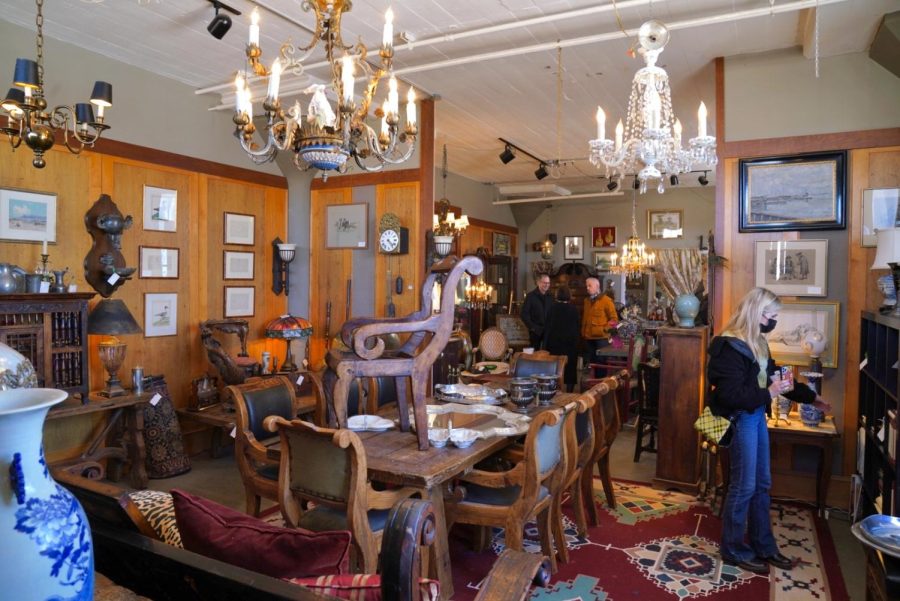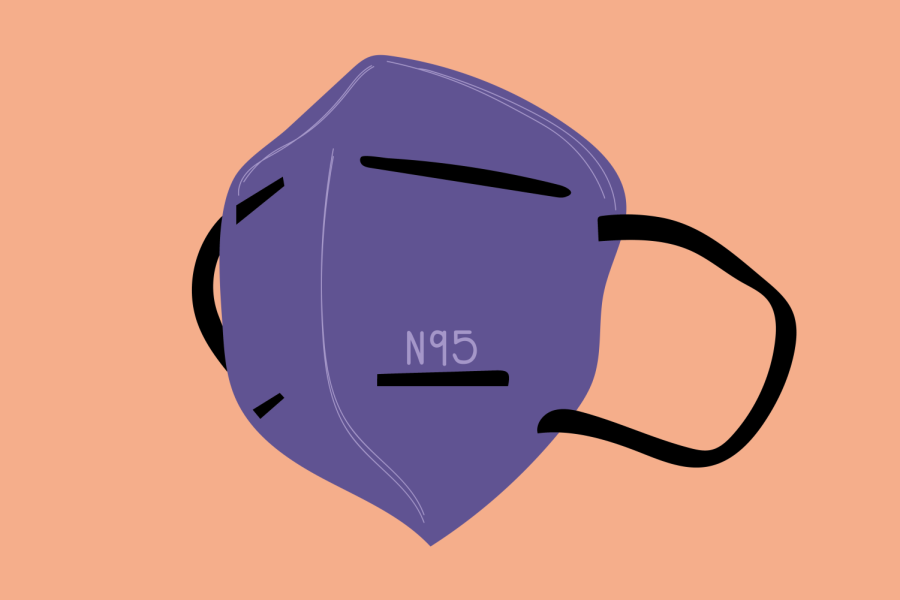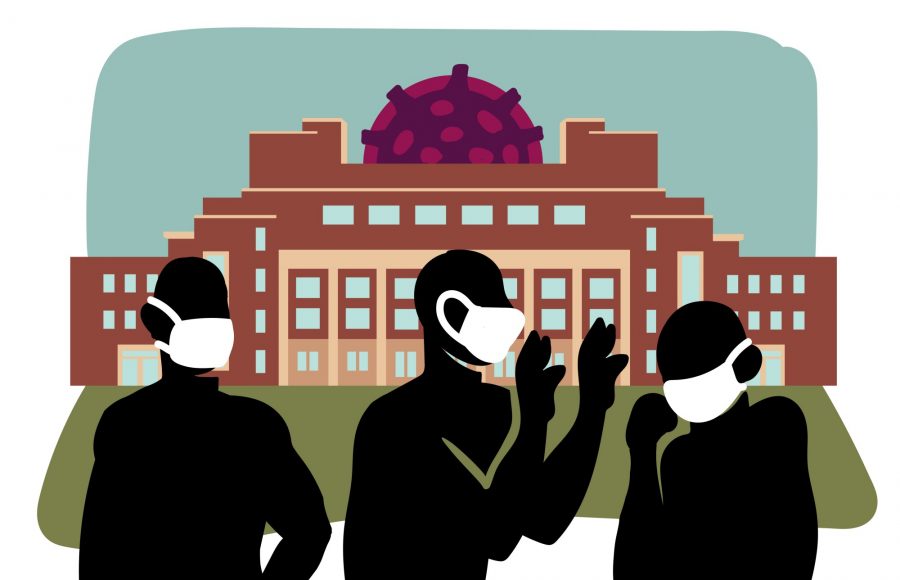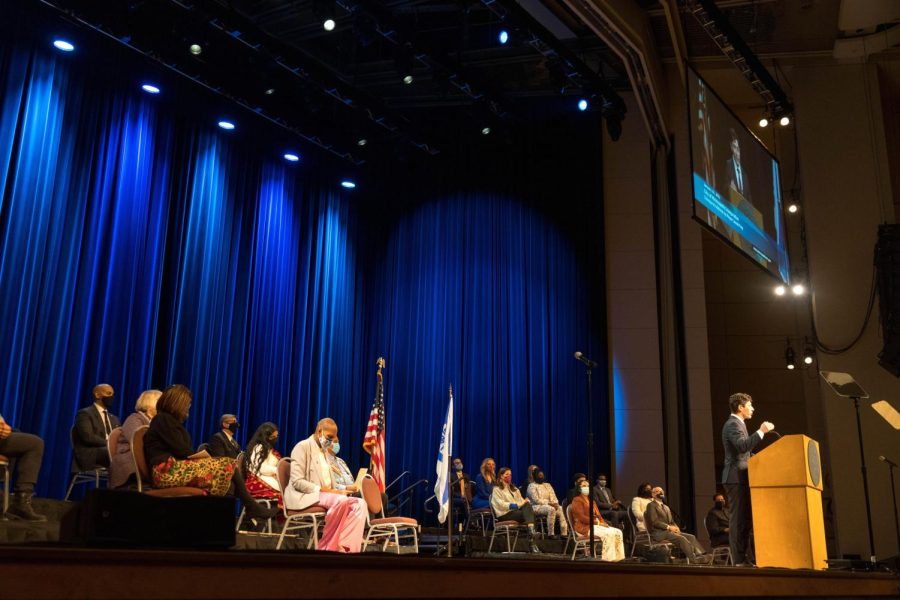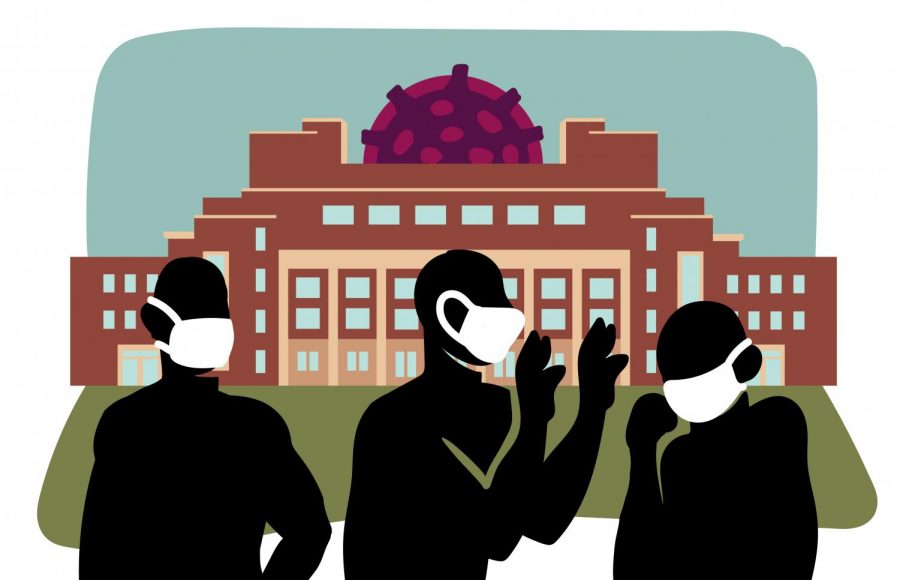University of Minnesota President Joan Gabel presented the school’s updated reopening plan to state lawmakers Tuesday, including the decision to institute a curfew for students living in on-campus housing.
Gabel spoke to the Senate higher education committee alongside representatives from the Minnesota State system and the state’s private colleges and universities. Gabel said the University’s decision to delay in-person instruction by two weeks was informed by COVID-19 outbreaks at peer institutions across the country that have begun reopening for the fall.
“There was, in our minds, no reason to go face first into situations that many of our peers experienced, who themselves had relied on experts, made very carefully thought through plans and yet still were experiencing surprising levels of transmission on their campuses,” Gabel said.
During the first at least 10 days of the University’s new “Maroon and Gold Sunrise Plan,” residents of on-campus housing will be limited to necessities like in-person classes, outdoor recreation and University dining facilities. After this first phase, students may visit other residencies or off-campus businesses but must abide by a 9 p.m. curfew.
Though restrictions gradually ease up throughout the plan, exact timelines for each step are contingent upon student compliance and public health guidelines.
Sen. Scott Jensen, R-Chaska, said he worries how the plan might impact students’ decision to come to campus. He compared the plan’s first phase to a “Stay at Home” order for the dorms.
“I didn’t really, from my perspective, hear many bullet points that would make a student want to come on campus,” Jensen said. “It could be problematic on numerous levels, particularly mental health and autonomy.”
Gabel said the plan would allow for a safer eventual return to places like student unions and businesses. Testing also plays a major role in reopening, including the University’s MTest plan, she said.
The plan allows University of Minnesota students to receive testing at Boynton Health, which is also open to faculty and staff who feel ill on campus.
Recent guidelines from a federal coronavirus task force recommended higher education institutions have the capacity to test 10,000 people per day. In a recent COVID-19 update, Gabel said the school would need more time to make rapid testing available.
Gabel also told lawmakers any funding from the Legislature could help the University develop large-scale testing.
“We have the scientists to do it. It’s just a question of the investment in those things. We’re very happy to push them out not just for our campuses but for the state so we’re having more of the fun and less of the restriction as fast as possible,” she said.
Sen. Jeremy Miller, R-Winona, said he’s heard concerns from constituents with students at the University about a new COVID-19 risk acknowledgement on the MyU student portal.
But Gabel said acknowledgements like that are routine during registration.
“It’s normally something that no one pays attention to,” Gabel said. “[Students] aren’t signing a waiver, but we need to make them aware.”









